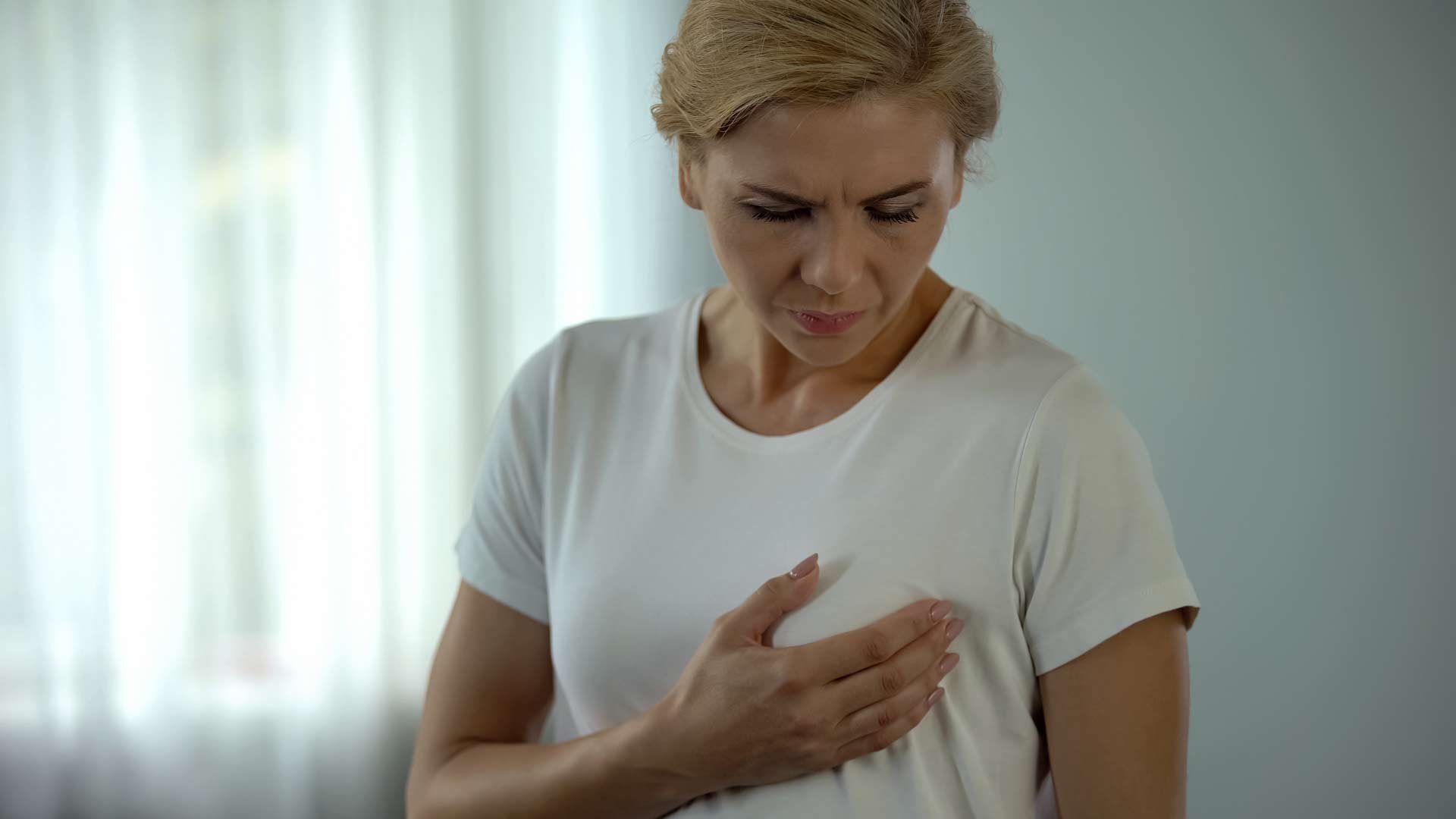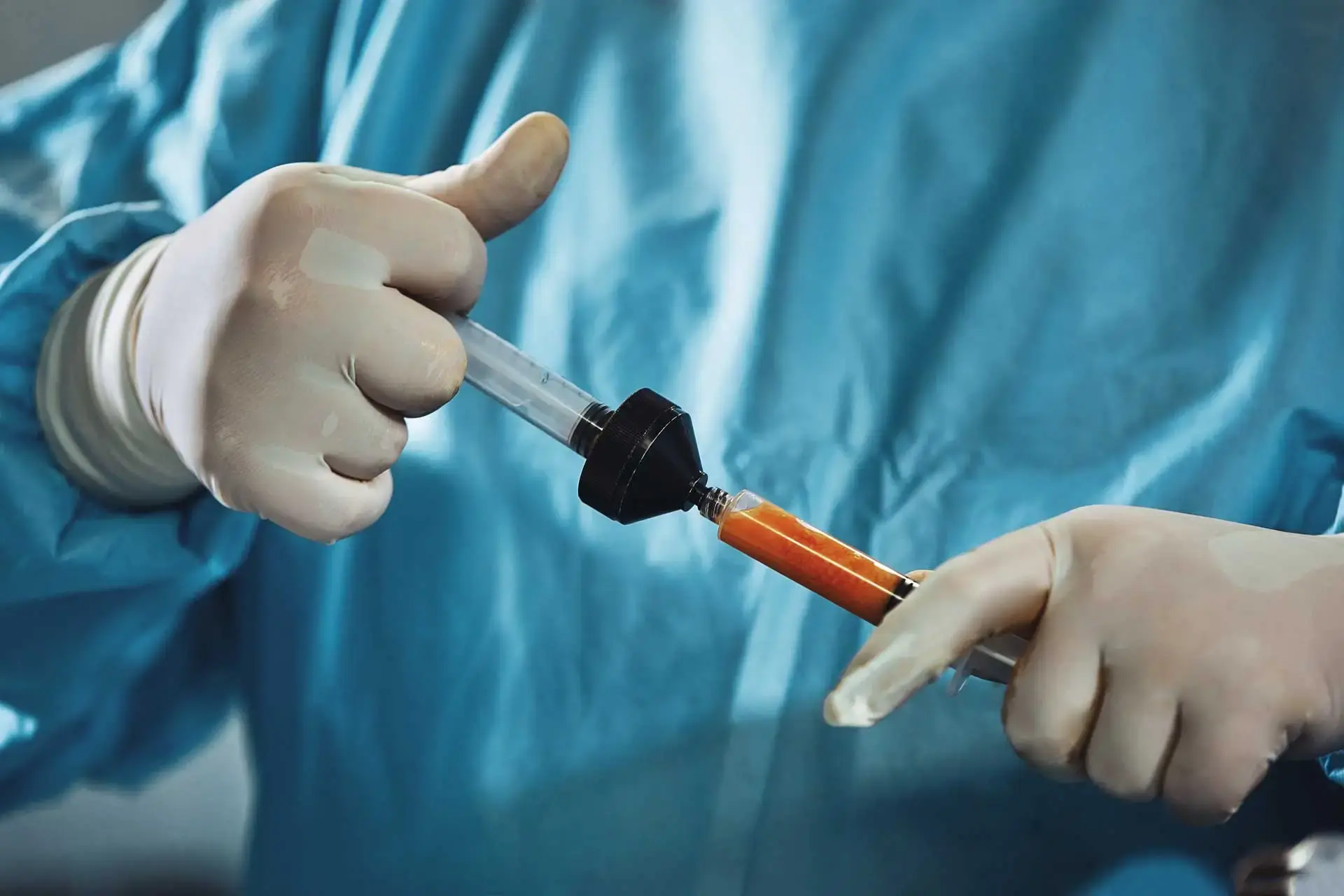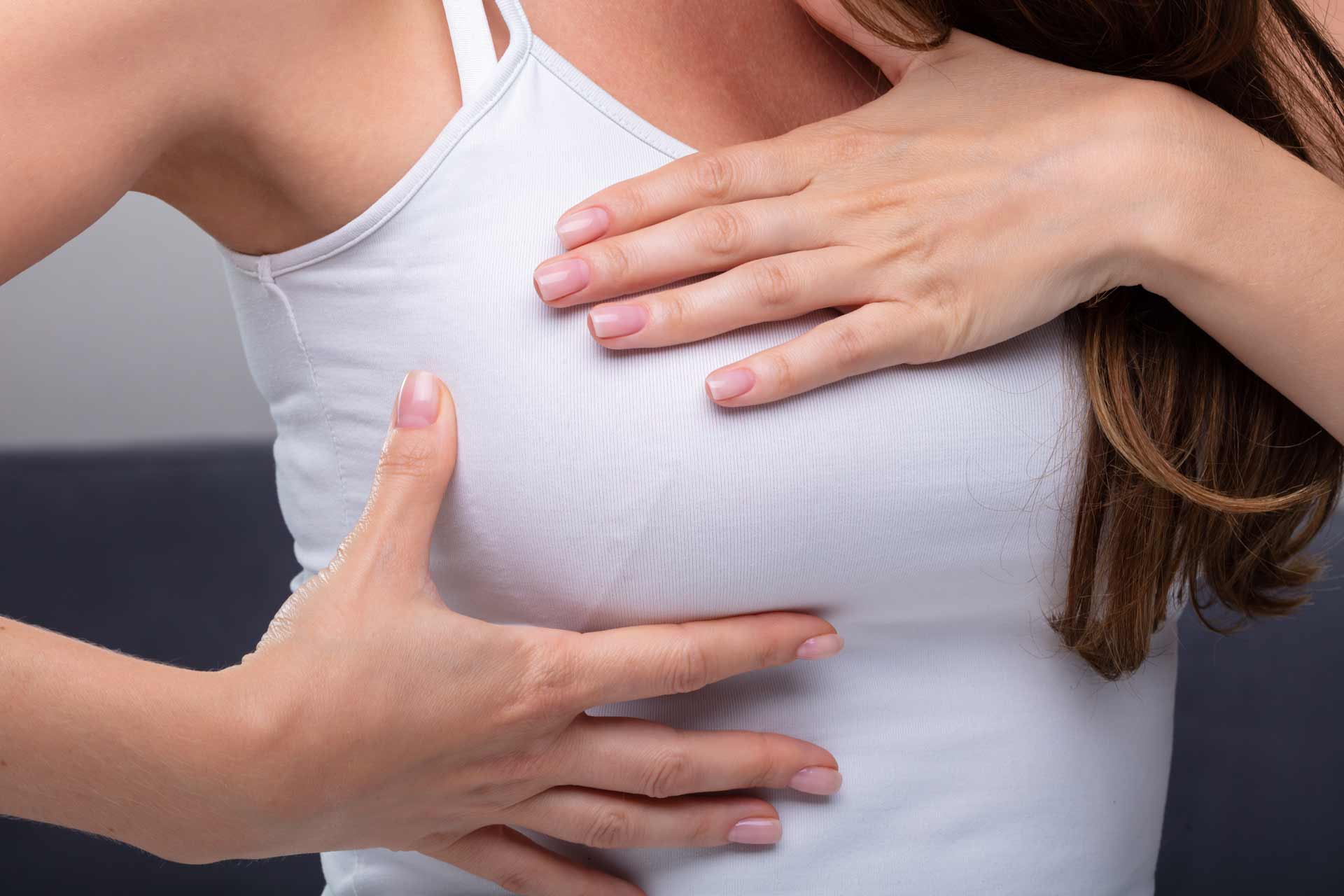Understanding Your Breast Cancer Reconstruction Options: An In-Depth Overview
Being diagnosed with breast cancer is devastating news and just the beginning of a long journey many women face. After treatment, you will likely have many questions about the recovery process, including your breast reconstruction options. Our compassionate plastic and reconstructive surgeons at The Institute for Advanced Reconstruction understand these concerns and want patients to feel comfortable with their healthcare options when it comes to breast cancer care and treatment. Understanding the various types of breast reconstruction procedures can help women make a decision on the best path to recovery for them.
Types of Breast Cancer Reconstruction
There are a few types of breast cancer reconstruction procedures that women can choose from. While some women decide to undergo breast reconstruction after a mastectomy, many choose an immediate mastectomy reconstruction option, done at the same time as the initial procedure.
Implant Reconstruction
After the tissue is properly expanded, implants are placed to produce a natural fullness and size to the breasts. Skin envelopes are made by stretching the patient’s skin. There are many different types of breast implants, including saline, silicone jelly, or “gummy bears,” a highly cohesive gel-based substance. The type of implant chosen will be based on the patient’s preference.
Autologous Breast Reconstruction
Autologous breast reconstruction means reconstruction that uses tissue – skin, fat, and sometimes muscle – from another place on the body. The plastic surgery term for a piece of tissue like this is a flap. This method consists of pedicled flaps (the blood supply to the flap remains attached); and free flaps (the blood supply to the flap is separated and reattached). Some of these flaps include:
Pedicled TRAM Flap
Breast reconstruction using a pedicled TRAM flap involves taking tissue from your own body to rebuild the breast. The surgeon uses skin, muscle, fat, and blood vessels from the lower abdomen. This tissue remains attached to its original blood supply and is tunneled under the skin up to the chest. This autologous method of breast reconstruction utilizes the patient's own tissues to reconstruct the breast after mastectomy.
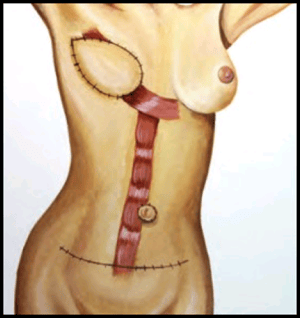
Free TRAM Flap
A free TRAM flap is a type of breast reconstruction that utilizes tissue from the transverse rectus abdominis (lower abdomen). Unlike a pedicled TRAM flap, the tissue is completely detached from its original blood supply. The surgeon transfers the muscle, fat, skin, and blood vessels to the chest and meticulously reconnects the blood vessels using microsurgery. This free flap technique allows for more flexibility in shaping and positioning the breast reconstruction.
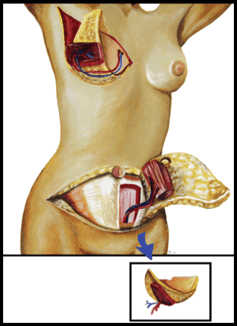
Free DIEP Flap
A deep inferior epigastric perforator (DIEP) flap is an autologous breast reconstruction technique. The surgeon takes skin, fat, and blood vessels from the lower abdomen, transfers them to the mastectomy site, and then uses microsurgical techniques to reconnect the blood vessels. This flap of abdominal tissue and fat can be used alone to recreate the breast or combined with an implant for added volume and a natural breast shape. A DIEP flap reconstruction utilizes the patient's own tissue to achieve natural-looking breast reconstruction results.
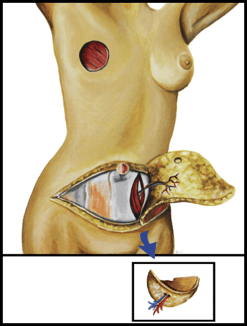
Latissimus Dorsi Flap
The latissimus dorsi flap technique uses muscle, fat, skin, and blood vessels from the upper back/latissimus dorsi region. Through tissue transfer and microsurgical blood vessel connection, this flap of back tissue is tunneled under the skin to the mastectomy site, giving the reconstructed breast a natural appearance. The latissimus dorsi flap may be used alone or with an implant to achieve your desired breast volume.
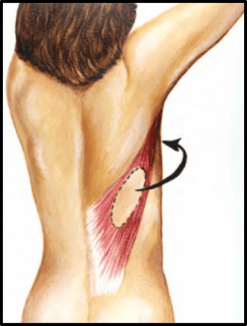
Nipple/Areolar Reconstruction
There are a few options patients have in reconstructing their nipples and areolas. Previously, breast reconstruction did not take into account the nipple and areola, which were always removed because of concern of remaining breast cancer cells in those areas. Now, in select patients, the remaining area is carefully examined for any sign of cancer in the remaining tissue and can be kept as part of the reconstruction.
Some options include:
- Tattoo alone
- 3D tattoo
- Nipple Flap or Graft
- Skin graft with tattoo
Scheduling a Breast Cancer Reconstruction Surgery Consultation
Here at the Institute for Advanced Reconstruction, we are passionate about helping our patients every step of the way, women regain their confidence and gain back what breast cancer took away. You have many options when it comes to breast reconstruction. Our compassionate breast reconstruction surgeons work with each patient to develop a surgical plan they can feel good about.




